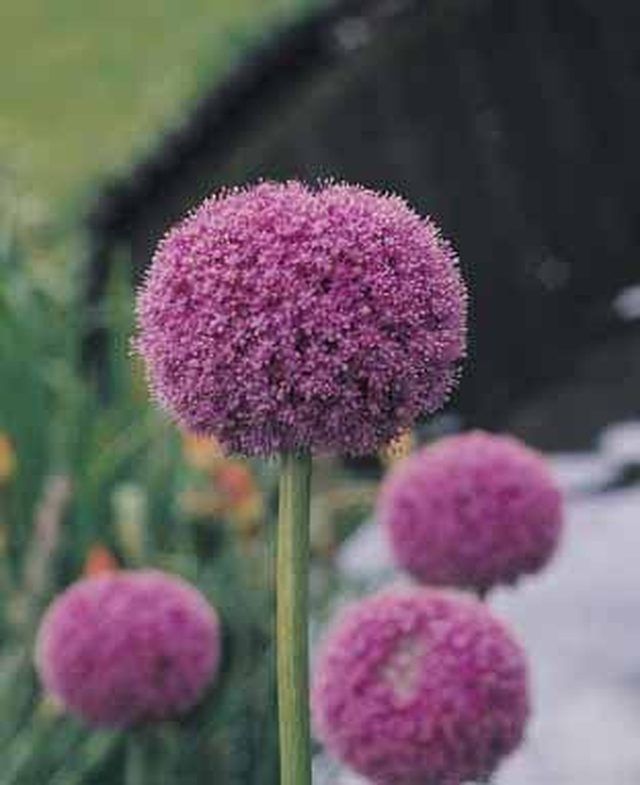Bulbs
Flower Basics
Flower Beds & Specialty Gardens
Flower Garden
Garden Furniture
Garden Gnomes
Garden Seeds
Garden Sheds
Garden Statues
Garden Tools & Supplies
Gardening Basics
Green & Organic
Groundcovers & Vines
Growing Annuals
Growing Basil
Growing Beans
Growing Berries
Growing Blueberries
Growing Cactus
Growing Corn
Growing Cotton
Growing Edibles
Growing Flowers
Growing Garlic
Growing Grapes
Growing Grass
Growing Herbs
Growing Jasmine
Growing Mint
Growing Mushrooms
Orchids
Growing Peanuts
Growing Perennials
Growing Plants
Growing Rosemary
Growing Roses
Growing Strawberries
Growing Sunflowers
Growing Thyme
Growing Tomatoes
Growing Tulips
Growing Vegetables
Herb Basics
Herb Garden
Indoor Growing
Landscaping Basics
Landscaping Patios
Landscaping Plants
Landscaping Shrubs
Landscaping Trees
Landscaping Walks & Pathways
Lawn Basics
Lawn Maintenance
Lawn Mowers
Lawn Ornaments
Lawn Planting
Lawn Tools
Outdoor Growing
Overall Landscape Planning
Pests, Weeds & Problems
Plant Basics
Rock Garden
Rose Garden
Shrubs
Soil
Specialty Gardens
Trees
Vegetable Garden
Yard Maintenance
How to Grow Alliums From Seed
How to Grow Alliums From Seed. Some of the most common Allium plants include onions, garlic, shallots, chives, scallions, and leeks. Although Allium is used primarily for cooking, the flowers produced make a glorious presentation in any garden. There are over 1,000 species of Allium and each will have its own unique flowers which will bloom from...

Some of the most common Allium plants include onions, garlic, shallots, chives, scallions, and leeks. Although Allium is used primarily for cooking, the flowers produced make a glorious presentation in any garden. There are over 1,000 species of Allium and each will have its own unique flowers which will bloom from late summer through fall. Usually Alliums are grown from tubers, but growing them from seeds is possible when following a few steps. Fresh seeds are the best to use because they germinate faster than dried seeds that are older.
Mix fresh seeds with damp silica sand in late February. Spread into a deep pot.
Put the pot into a refrigerator for about six to eight weeks. If you do not have a refrigerator to place the pot in, it can be placed in any cold location such as an unheated garage or room.
After eight weeks in a cold location, plant the seeds and sand mixture in a pot filled with potting soil. Use a potting soil with added vermiculite. Fill the pot about 3/4 full of the soil. Gently add the seeds and sand mixture. Sprinkle more soil over the top just to cover. Lightly spray with water just to moisten the soil. Set the pot outside in a sunny location with partial shade in the afternoon. Keep the soil moist by misting with water daily; do not let the soil dry out.
Seedlings will appear around three to four weeks later and are ready to transplant in your garden area when they are approximately 4 to 6 inches tall.
Plant the seedlings in your garden around July. Select a location with full sun in the morning and partial shade in the afternoon. These plants thrive in warm weather. Prepare the ground by adding the soil/vermiculite mix; dig the hole so the top of the roots of the plant sit about 1/2 inch below ground level. Cover the roots with more soil.
Water daily to keep the soil moist. Do not flood the plants or leave water standing. Watering in the early morning is best; watering in the middle of the day can scorch the leaves. Blooms will not appear until the following year after transplanting. After the first year, they will produce flowers every year.
Allow the foliage to die back naturally. That helps the plants store up enough energy to produce new growth the following year. Once the foliage has died back in the late fall, you can cut it back to ground level. Add a layer of pine mulch over the plants. Although these plants like warm weather, they are also frost-hardy and will winter over nicely. New growth will begin to appear in early to late spring.